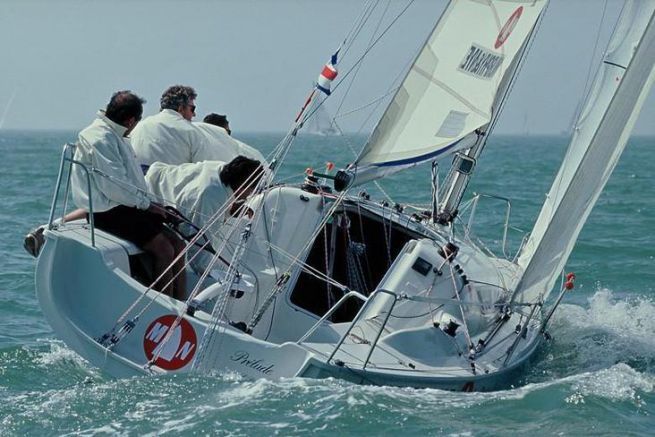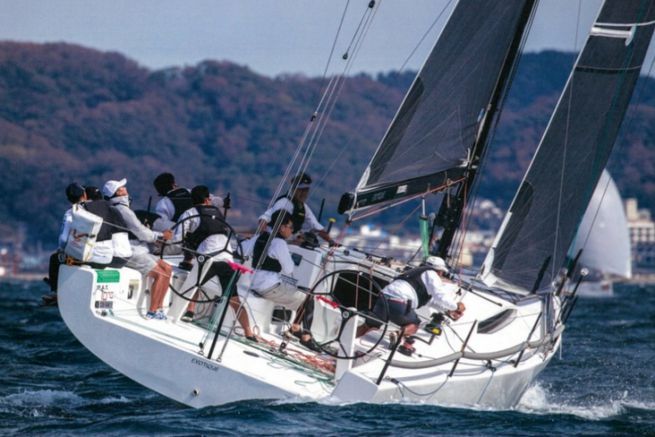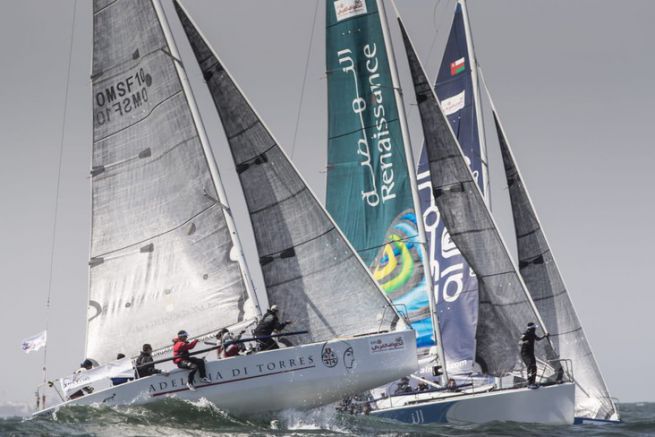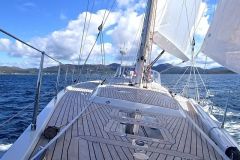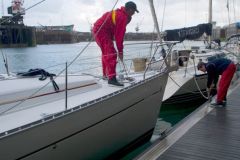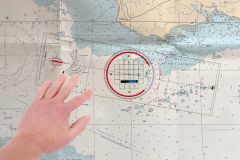Sailing upwind is demanding and not all boats are equal when it comes to getting upwind. However, there are great rules that apply to everyone for making gains upwind, especially in the breeze.
The Breeze
The notion of breeze depends a lot on the boat, it arrives earlier in the Dragon than in the Figaro. But the crew's experience also plays a big part in the appreciation of the strong wind.
The breeze can be defined as when heel control becomes a problem and the waves slow the boat's progress. It is also said to be loose and pile driving, and the picture is sometimes cruelly realistic.
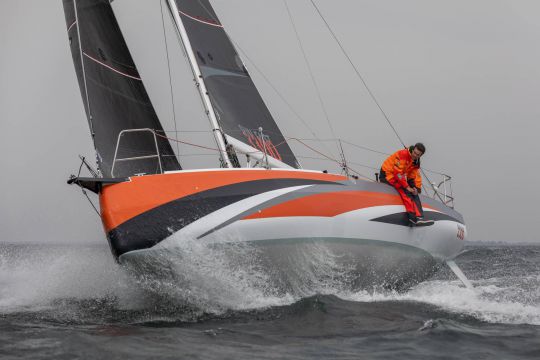
Speed to get over the waves
In the medium, we could "?piper?" in the ridicule without losing speed. Now, with this strong wind, the waves become a real brake. You have to keep up the speed no matter what. If we slow down, the waves will finish us off in the blink of an eye and we will start to drift.
Better to keep it under control while sailing a little more downbeat than usual, slightly faster than normal PPVs. That way, you'll have momentum when the inevitable happens and you're hitting a wave.
In big swells, you can try to luff while going up, then to knock down while going down. But they're usually too short to do that.
When a wave train arrives, drop a little, heel over, speed up, and poples?! If the boat is flat when you hit the waves, expect to drive piles and see the speed drop.
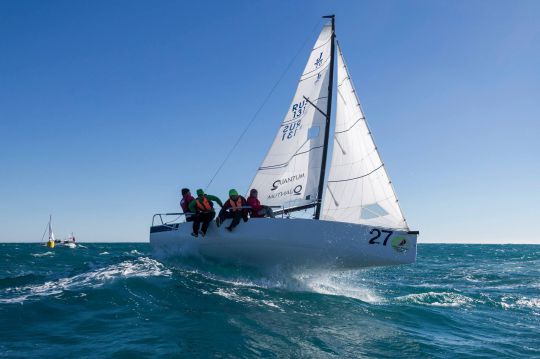
Open the sails
In order to succeed in lowering a little and accelerating without creating too much heel, you have to release the power by opening the top of the sails. In this mission, the twist is your best friend. Ideally, the sails should be trimmed for upwind with the bottom and full with the top. If in the breeze, twisting helps the air flow, here in the breeze, it allows you to expel the overpower from above.
To learn more about kinking follow this link.
In gusts of wind, both sails must be shocked simultaneously. As far as possible, and this is often the case, the solent sheets should be sent back to the winch upwind in order to regulate without moving. If you trim only the mainsail, the boat will be unbalanced.
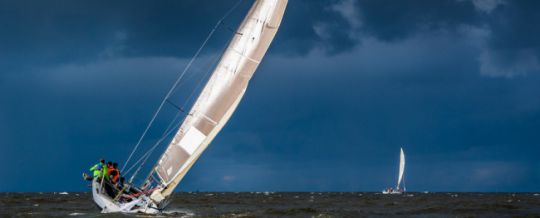
How far can you get to choquer??
As much as it takes to control the gîte?! If the mainsail needs to be bent for a few moments, that's okay, but remember that with each stroke of the boom, you drift a notch.
So, what if the mainsail won't stop at faséyer?? If you have a solent spreader, now is the time to use it. In the manner of a mainsail track By moving it away from the axis of the boat, we reduce the incidence of the sail and that suits us well. But we are just as interested in the side effect, because by moving the genoa away we can shock the mainsail all the more.
If the mainsail is still in the way, we can pull the trolley up, put the boom almost in the middle and shock the top of the mainsail even more. The bottom of the mainsail will carry while the top of the mainsail will watch the wind pass on each side.
The trimmers must be very active to help the helmsman control the boat.
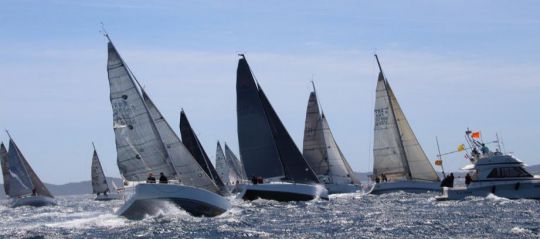
For the weight, it's like the psychic, only worse..
You have to rappel as much as possible?! Was this already the case in médium?? We can certainly do better. And it's the same for flattening the sails, we winch even harder and for the rigging we tighten a few more turns.


